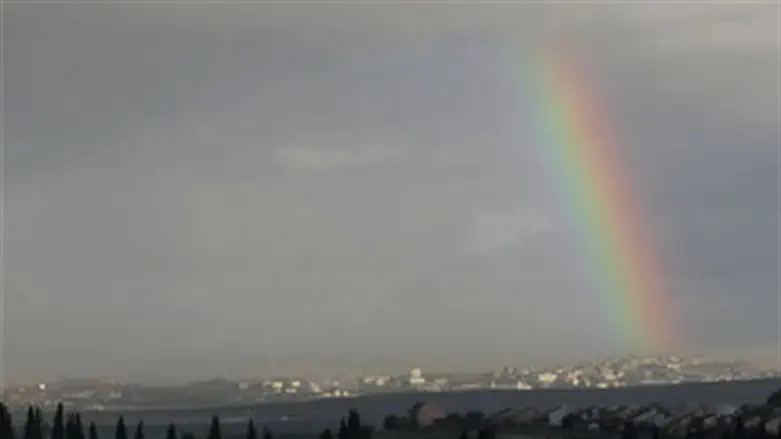
The rainbow is a symbol of unity, harmony and inclusivity. I’m not talking about how the rainbow has been adopted and used as a symbol within broader society, but rather how it is as a symbol within Torah thought and Jewish values.
In Kabbalistic thought, the different colours of the rainbow represent the Seven Divine Sefiros, the G-dly energies through which Hashem created the world and through which He channels His light, Hashpaah and ongoing influence and control within the world.
Within our souls, which are made in G-d’s image, these are our different emotional drives. They are; Chessed - kindness and love, Gevurah - discipline and strictness, Tiferes - mercy, Netzach - ambition, Hod - submission, Yesod - connectivity or attachment and Malchus - humility.
Whilst we each possess all of these traits, in each person, some of the traits or characteristics will be more dominant than others. Which characteristic is more dominant within us, shapes our personality, creates the lens through which we view and interpret things within the world around us and drives our behaviours.
Chassidus illustrates this with the difference between the Mishnaic sages Hillel and Shammai. Both of them studied under the same teachers, receiving the same teachings and mentoring. Yet their approaches to Halacha and the way that they interacted with others, were completely different.
Hillel’s soul was rooted in the attribute of Chessed. This is why his rulings are almost always lenient and permissive, seeking to allow things wherever possible. He was also renowned for his warmth and kindness in his dealings with others.
In contrast, Shammai’s soul was rooted in the attribute of Gevurah. As such, he took a stricter, more restrictive approach in his Halachic conclusions. He is also portrayed as being more judgmental in his interactions with others.
The uniting of the different colours in the rainbow, represents what is referred to as Hiskallelus - integration or inclusivity. This describes a state where the Sefiros do not stand separate and isolated from one another, but rather coexist, unite and operate together, sharing their influence with one another.
The rainbow teaches us that even though we have different personalities, giving rise to our different outlooks, opinions, approaches and behaviours, this should not be a cause for separation and divisiveness. But more than just coexist, we have to unite and get along, sharing of ourselves with others and being open to receive their influence as well.
The rainbow is a symbol of love and unity - Ahavas Yisrael and Achdus Yisrael. Just as the diversity of colour is what gives the rainbow its beauty, so it is with the diversity as a people.
The ultimate sin of the generation of the Flood, as clearly stated in the Pasuk, was that the earth had become filled with robbery (חמס). Even though they were also guilty of idolatry and immorality, their fate was only sealed on account of their robbery. Their punishment came not because of their violations between man and G-d but because of their sins between man and his fellow man.
After the Flood, Hashem designated the rainbow as a sign that He would never again destroy the world by flood. Should the sins of man arise before Him and He wish to bring destruction upon the world, the rainbow would cause Him to hold back.
From the Flood we see that what “bothers” Hashem most, is when there is a lack of unity and harmony; when we mistreat and disrespect one another.
Perhaps the sign of the rainbow is meant to be a sign for us as well; a sign of the unity that we must constantly be working towards, that despite our differences, we are expected to love one another, respect one another and always stand together.
The Zohar teaches that the rainbow is a Messianic symbol, stating that one should not look for the footsteps of Moshiach until they see a brilliant rainbow shining in the sky.
Our sages teach that the destruction of the Beis Hamikdash and subsequent Exile came on account of Sinas Chinam - baseless hatred. Our redemption and return, will come when we have corrected this sin, by achieving baseless love.
Perhaps this is the message of the Zohar. We cannot anticipate the arrival of Moshiach, until we attain this unity - and not just any rainbow, but a brilliant rainbow, a brilliant shining display of the highest degree of Ahavas Yisrael and Achdus.